Premium interior latex OK for exterior window framing? etc.
jally
12 years ago
Related Stories
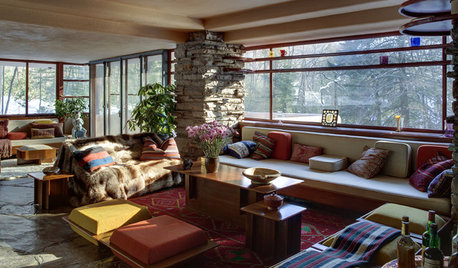
WINDOWSSteel-Framed Windows Leap Forward Into Modern Designs
With a mild-mannered profile but super strength, steel-framed windows are champions of design freedom
Full Story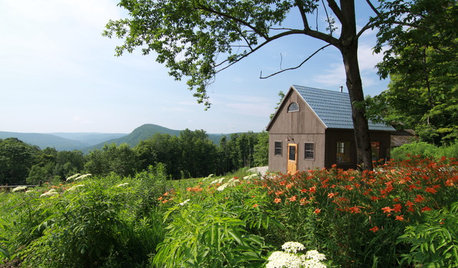
CABINSRoom of the Day: Timber-Frame Cabin Inspires Couple’s Creative Pursuits
This work studio, built in a simple vernacular architectural style, sits near a couple's rural home in the Berkshire mountains
Full Story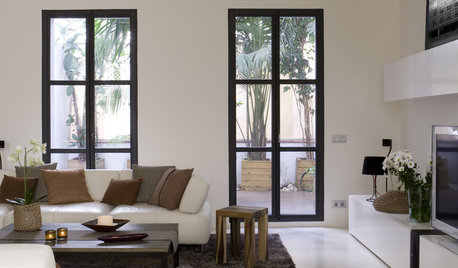
COLORWake Up Your Woodwork With Black
Strike a dramatic note with black window frames, shelves, stairs and more, making features stand out or blend in
Full Story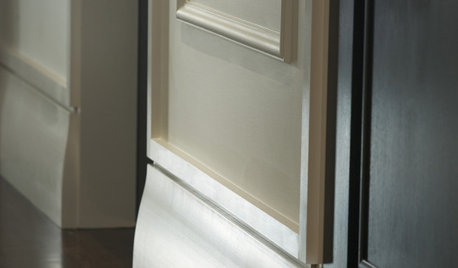
TRIMInterior Trim: 8 Must-Know Elements
Softening transitions and creating a finished look, interior trim for walls, windows and doors comes in many more options than you may know
Full Story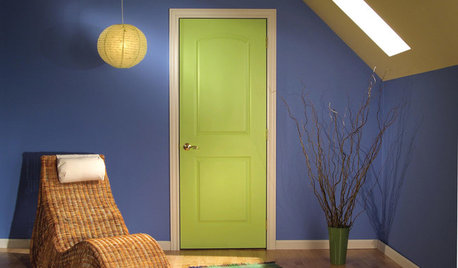
GREAT HOME PROJECTSUpgrade Your House With New Interior Doors
New project for a new year: Enhance your home's architecture with new interior doors you'll love to live with every day
Full Story
WORKING WITH PROS8 Things Interior Designers Want You to Know
Get the scoop on certifications, project scope, working from afar and more
Full Story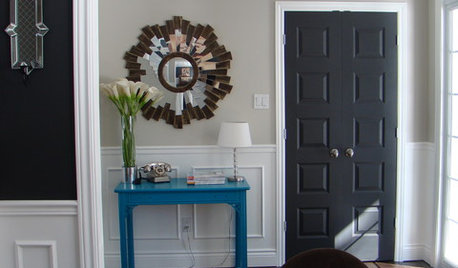
MOST POPULAR11 Reasons to Paint Your Interior Doors Black
Brush on some ebony paint and turn a dull doorway into a model of drop-dead sophistication
Full Story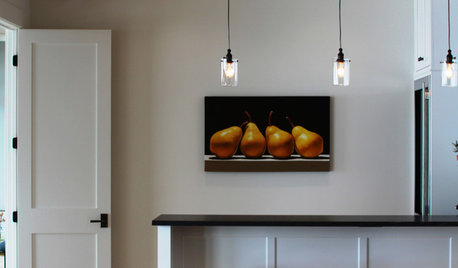
DOORSKnow Your House: Interior Door Parts and Styles
Learn all the possibilities for your doors, and you may never default to the standard six-panel again
Full Story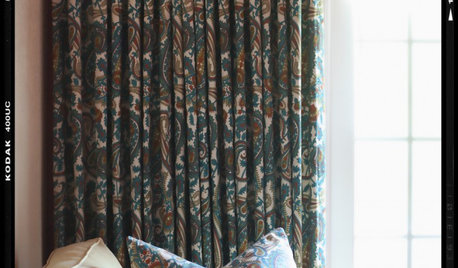
DECORATING GUIDESHow to Get Your Window Treatment Right
Here's the lingo to know to get the draperies you really want
Full Story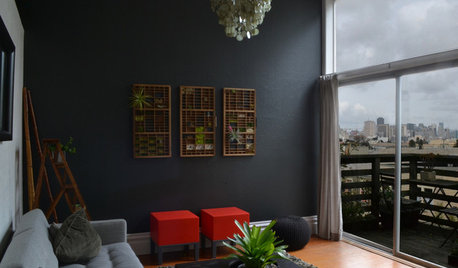
COLOR15 Dramatic Interior Paint Makeovers
Light to dark, dark to light. Soft to bold or newly toned down. See how these homeowners transformed their interiors with paint
Full Story





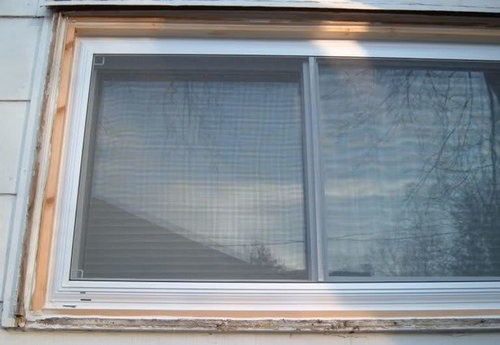


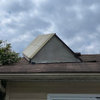


brickeyee
jallyOriginal Author
Related Professionals
Red Bank Kitchen & Bathroom Remodelers · Superior Kitchen & Bathroom Remodelers · Arizona City General Contractors · Hercules General Contractors · Park Forest General Contractors · Poquoson General Contractors · Walnut Park General Contractors · Fredericksburg Painters · Glendale Painters · Four Corners Painters · Desert Hot Springs Painters · Miami Painters · Park Ridge Painters · Pasco Painters · Stafford Paintersrenovator8
jallyOriginal Author
graywings123
sierraeast
jallyOriginal Author
Christopher Nelson Wallcovering and Painting
renovator8
jallyOriginal Author
sierraeast
graywings123
jallyOriginal Author
brickeyee
energy_rater_la
energy_rater_la
sierraeast
sierraeast
jallyOriginal Author
jallyOriginal Author